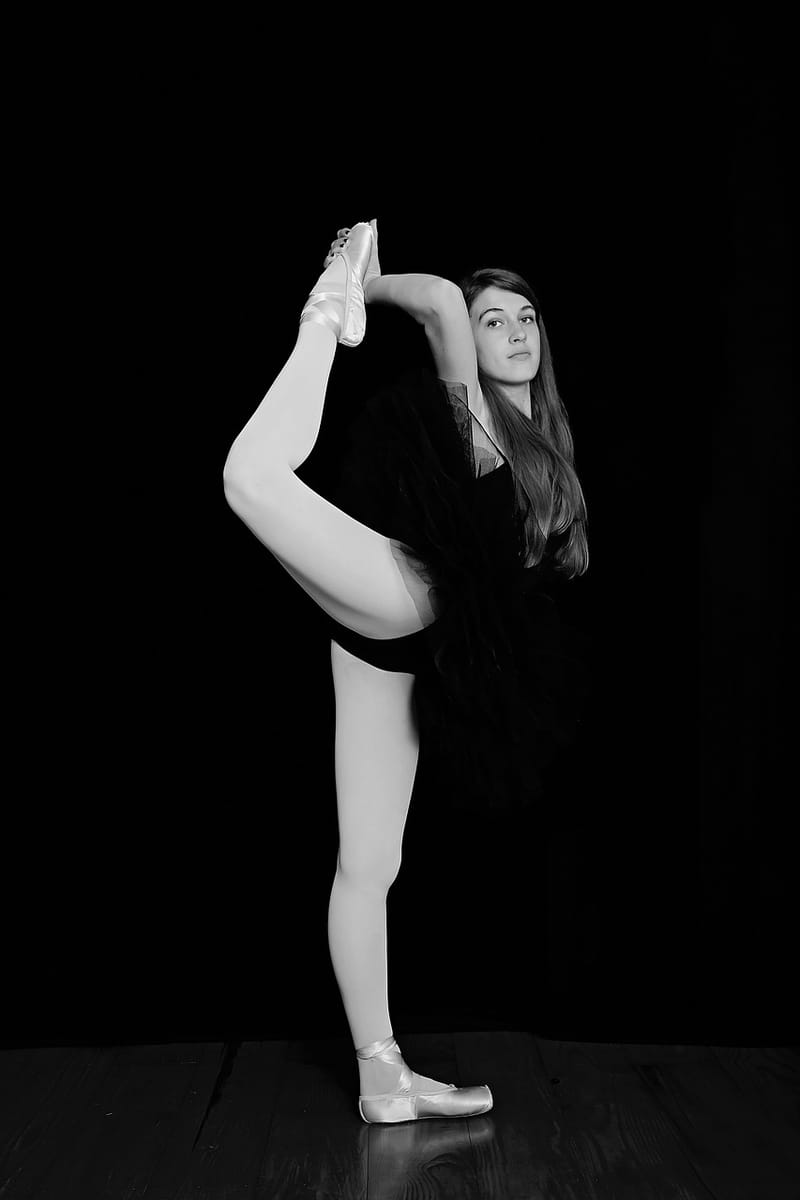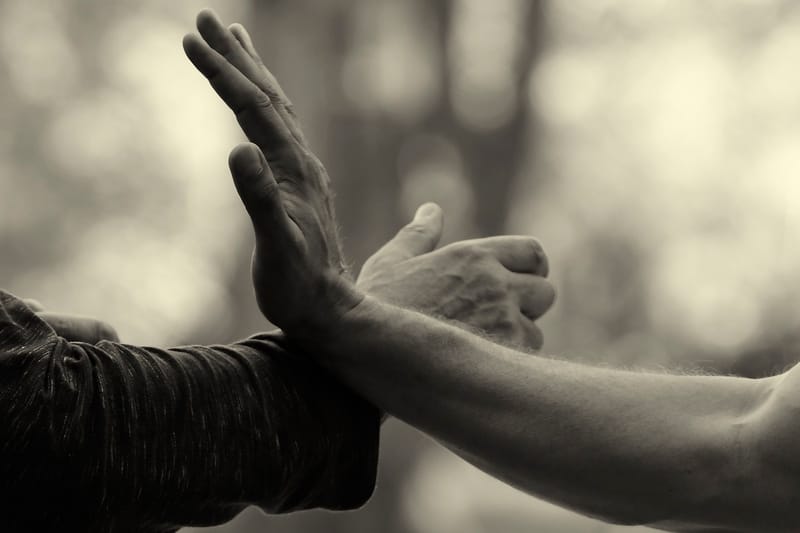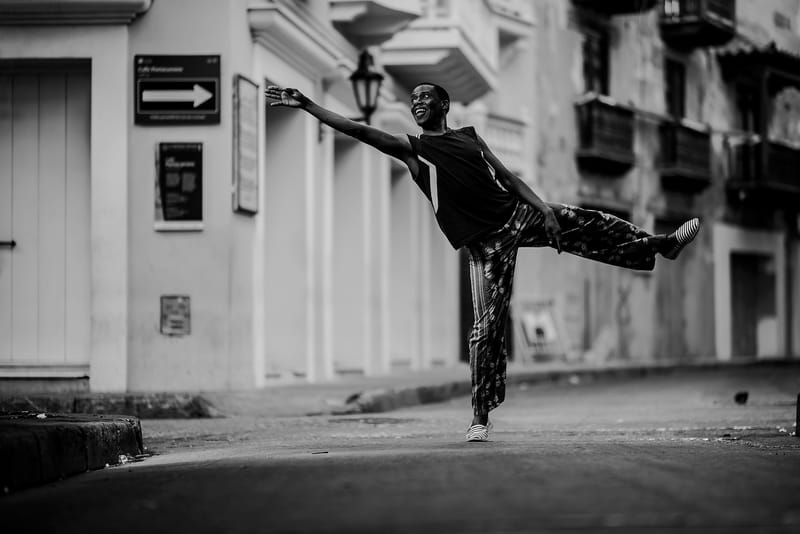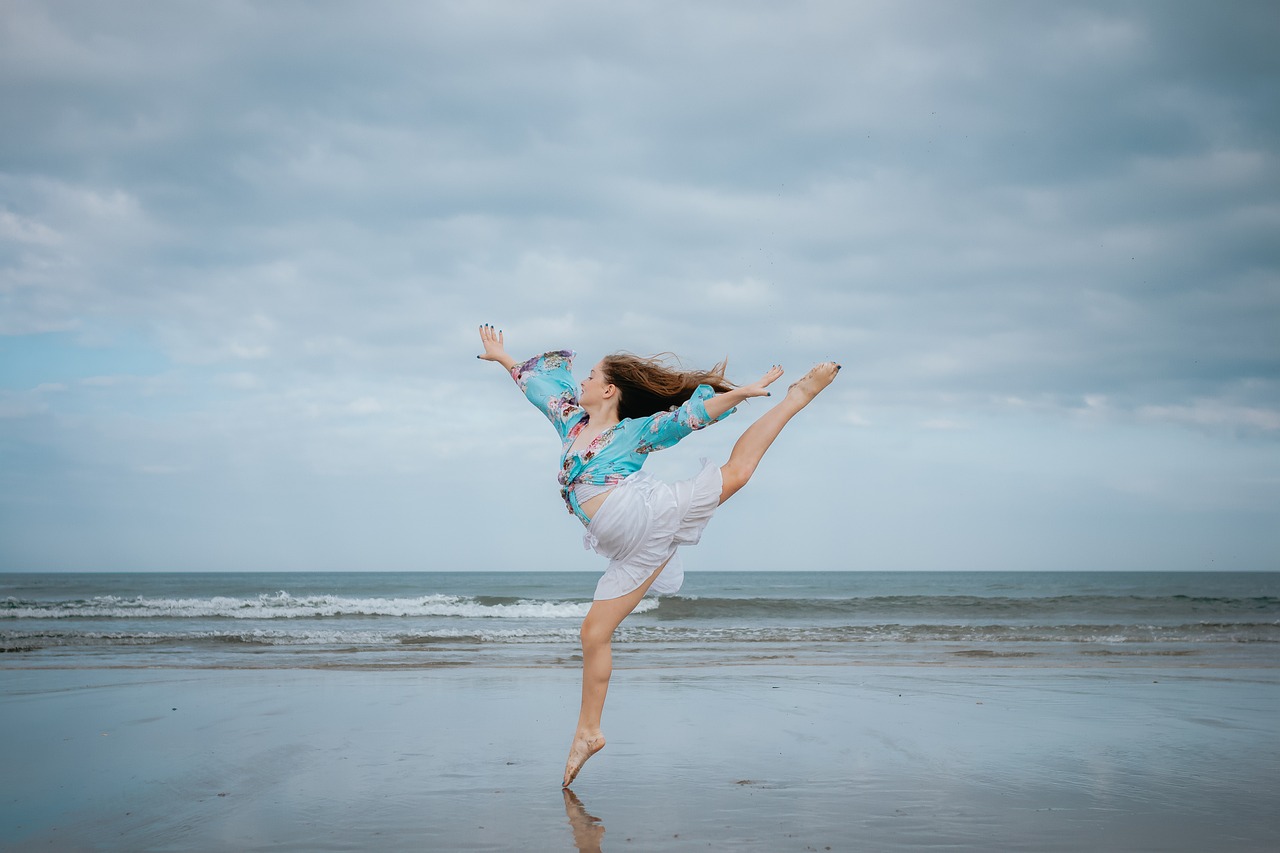Dance - Part 1
Exploring Expressive Movement Forms
Expressive movement forms encompass a wide range of physical activities that allow individuals to express emotions, thoughts, and creativity through movement. In this series of articles, we will delve into various expressive movement forms, their benefits, and how they can enhance your overall well-being.
1. Contemporary Dance
Contemporary dance is a fluid and versatile form of dance that combines elements of various dance styles, including ballet, jazz, and modern dance. It allows dancers to explore different movements and emotions, often without strict rules or techniques. Contemporary dance is known for its expressiveness, creativity, and emphasis on individuality.

2. Tai Chi
Tai Chi is a Chinese martial art that focuses on slow, deliberate movements, deep breathing, and meditation. It is often described as "meditation in motion" and is known for its gentle, flowing sequences that promote relaxation, balance, and inner peace. Tai Chi can help improve flexibility, reduce stress, and enhance overall physical and mental well-being.

3. Butoh
Butoh is a Japanese avant-garde dance form that emerged in the 1960s. It is characterized by slow, controlled movements, distorted shapes, and a focus on raw emotions and the subconscious mind. Butoh dancers often explore themes of darkness, transformation, and the human experience through their movements, creating haunting and evocative performances.

Stay tuned for Part 2 of our series on expressive movement forms, where we will explore more fascinating styles that allow individuals to connect with their bodies, emotions, and creativity in unique ways.
